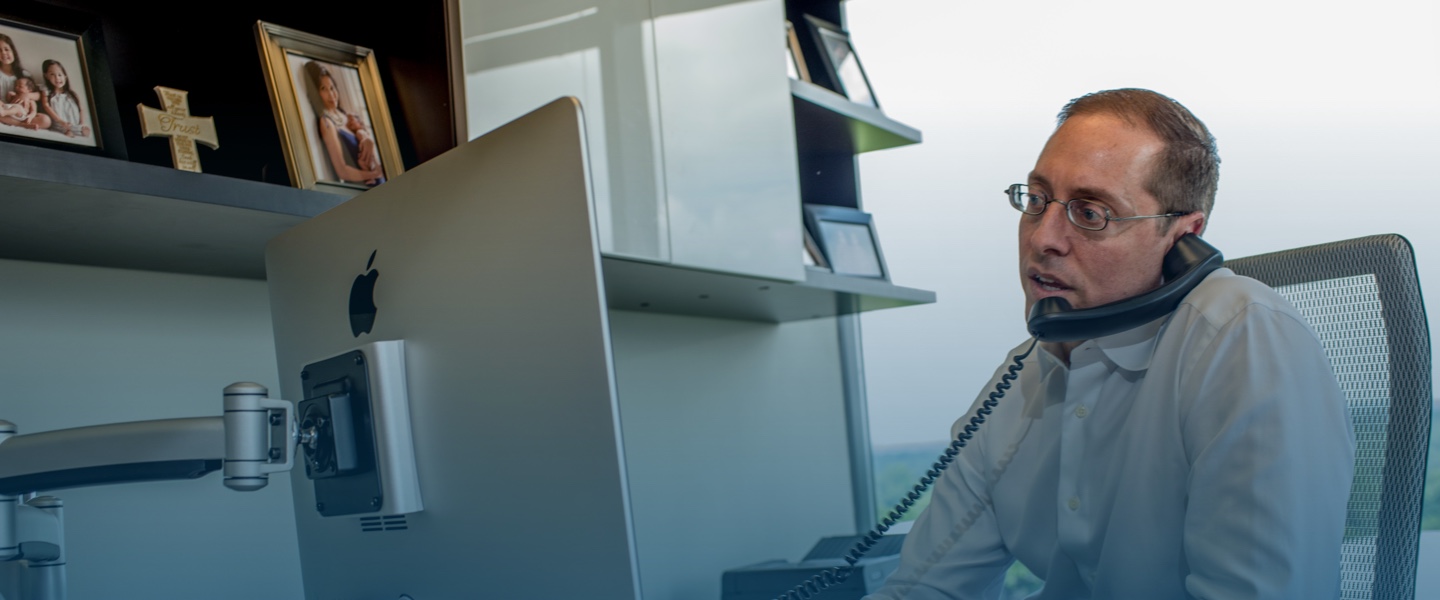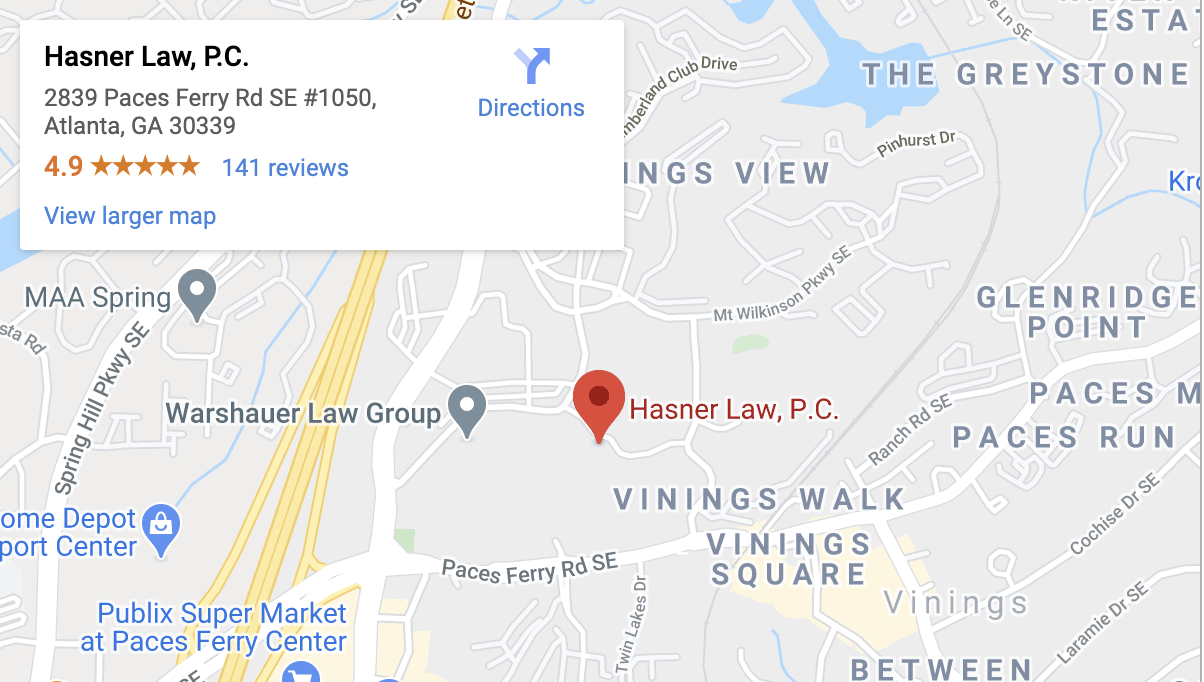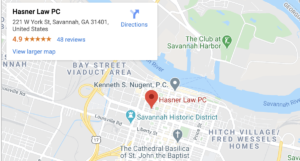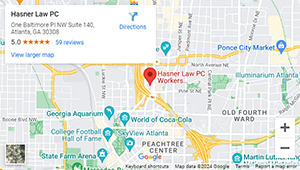Neck & Back Injuries

Accidents, particularly car accidents, are notorious for causing neck and back injuries. These injuries happen because the physics of a car crash is particularly damaging to the spine. You can fracture vertebrae, tear muscles, and crush discs as you whip and twist during a collision.
These injuries can have a severe impact on accident victims. They can irritate nerve roots and the spinal cord, causing pain that radiates into the limbs. As a result, people with these injuries often miss time from work and require expensive surgery or therapy to deal with their symptoms.
Here is an overview of some neck and back injuries and how you can seek compensation for their effects.
What Are Your Spine’s Structure and Functions?

Your spine includes 24 vertebrae. These individual bones allow the spine to perform two seemingly contradictory functions. When you stand, sit, or walk, your spine supports your body weight and transfers it to your hips.
But your spine must also bend and twist. The separate vertebrae can move relative to each other so that you can turn your head and body, look up, and bend down.
Discs sit between the vertebrae. Discs include a tough annulus surrounding a soft nucleus. The discs cushion your vertebrae and allow them to move smoothly as you twist and bend.
Even though they might seem like separate structures, your spine forms your neck and back. The top seven vertebrae form the cervical spine in your neck. These vertebrae contain all of the nerves connecting your brain to your body.
The next twelve vertebrae form the thoracic spine in your upper back. These vertebrae connect to 12 pairs of ribs to form your chest.
The bottom five vertebrae form the lumbar spine in your lower back. The lumbar vertebrae connect to the sacrum, which forms from five fused vertebrae that connect to your pelvis.
Each vertebra has a solid body and wing-shaped processes. The body supports your weight. When the bodies of your vertebrae align, they form a strong column that holds up your head, chest, abdomen, and arms. Ligaments hold the vertebrae together to form a scaffold for your body.
The processes align to form a ridge down the back of your spine. Muscles from your ribs, shoulder blades, collarbones, and skull attach to the spinous process through tendons. These muscles provide strength and movement to your back and neck.
How Do Neck and Back Injuries Happen?
Neck and back injuries result from disease or trauma. Some forms of trauma that can injure your neck and back include:
Hyperextension
Hyperextension can injure your back even if it does not get hit by anything. Hyperextension happens when forces on your back, often caused by rapid acceleration or deceleration, stretch your back beyond its normal shape. As your spine stretches, the vertebrae separate.
When you come to rest, your spine compresses. The vertebrae come crashing together. They can compress your discs and even fracture from the stress.
Blunt Force
A blunt force strikes your back and neck without creating an open wound. A common blunt force injury to the spine happens when you hit the ground after an elevated fall or a slip and fall.
The impact of a blunt force can bruise muscles, crush discs, and break vertebrae.
Penetrating Injury
A penetrating injury happens when an object pierces your back or neck, creating an open wound. Penetrating injuries pose several risks.
A penetrating injury can get infected. You can bleed from a penetrating injury. But the greatest risk is that the object can pierce the spine and sever the spinal cord. If this happens, you will suffer permanent paralysis or death.
What Types of Neck and Back Injuries Can Occur?
Neck and back injuries can take different forms depending on the structures injured. Some examples of neck and back injuries include:
Neck or Back Strain
When you stretch or tear the muscles or tendons in your spine, you suffer neck or back strain. When neck strain results from hyperextension, doctors refer to it as whiplash.
Symptoms of neck or back strain include:
- Pain
- Stiffness
- Swelling
- Weakness
- Muscle spasms
Strains usually clear up on their own within four to six weeks. During recovery, your doctor will probably prescribe rest, ice, and anti-inflammatory drugs.
Sprained Neck or Back
Sprains happen when you stretch or tear the ligaments in your back or neck. You have ligaments holding your vertebrae together. You also have ligaments holding your ribs to your spine.
When you sprain these ligaments, you might experience:
- Pain
- Limited range of motion
- Swelling
- Bruises
- Instability
- A popping sound or sensation when you get injured
Like strains, sprains usually heal on their own without surgery.
Damaged Disc
When the discs get compressed, they can deform. A disc can spread out under a compression force without rupturing. This results in a bulging disc.
If the fibers of the disc separate, the nucleus can protrude from the disc. This results in a herniated disc.
In either case, the deformed disc can press on nerve roots or the spinal cord.
This could result in:
- Radiating pain
- Numbness and tingling
- Weakness
- Loss of dexterity
Doctors can remove a damaged disc and fuse the adjacent vertebrae. They can also replace the damaged disc with an artificial disc.
Fractured Vertebra
A fractured vertebra is the most dangerous neck or back injury you can suffer. If the bone fragments dislocate into the spinal canal, they can sever the spinal cord, causing paralysis or death.
When you suffer a fractured neck or back, doctors will likely keep you immobilized in the hospital even after surgically stabilizing your injury. These injuries can take months to heal. After you heal, you will likely need months or even years of physical therapy.
What Compensation Can You Get for Neck & Back Injuries?
You could seek compensation if your injury resulted from someone else’s actions. Your compensation can include your economic and non-economic damages.
Back pain is the most common reason for missed work days. When you injure your neck or back, you can suffer substantial economic losses because of your inability to work. Additionally, you may need spinal fusion surgery or other procedures for your injuries. And afterward, you may require months of physical therapy.As a result, you could spend substantial sums of money on medical treatment and suffer debilitating pain. To discuss the compensation you can seek for these losses, contact Hasner Law Injury & Workers’ Compensation Attorneys for a free consultation.






